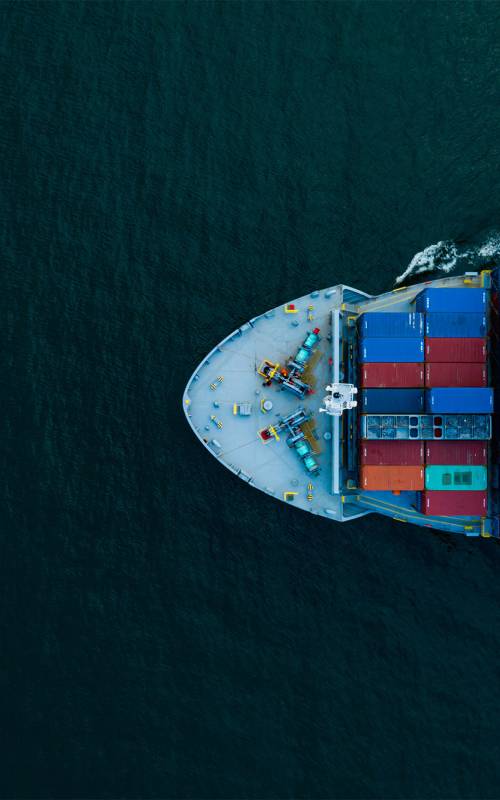Full container
In container transport a distinction is made between cargoes as full containers or sectional containers. Internationally, the term FCL for "full container load" is commonly used for a full container. A full container is packed by the shipper and is handed over to the carrier fully loaded. The place of delivery is the stacking area on the quay, the container yard.
Full container not only in shipping traffic
From there the carrier takes over the full container and makes it available for shipment according to a computerised plan. This means that it is loaded directly onto its correct slot on the ship. A full container does not only apply to shipping, but also to general cargo transport by lorry or, in the case of transport by air or rail, by road. In contrast to the LCL, where general cargo, i.e. different partial loads, are accommodated in a standardised freight container, with the FCL the shipping company takes over a full container sealed by the customs authorities from the shipper for shipment. Since no payloads are permitted with Full Container Loads, no further income can be generated, so that Full Containers are uneconomic for forwarders.
Responsibility for loading lies with the consignor
However, the responsibility for loading lies with the sender and the responsibility for unloading with the recipient. Full containers have the advantage in international freight transport that their mandatory sealing can reduce the smuggling of goods, but also human trafficking. The transit countries through which the full container is transported are therefore not exposed to any risks in this respect.



